Multiples
The sculptural quality of three-dimensional artworks brings unique depth and texture to each piece. Within the category of multiples, we explore the potential of the sculptural object in its many forms. Embracing diverse techniques and materials, we have published an exceptionally broad range of editioned art objects – from light and LED-based works to video installations, from wall-mounted objects to free-standing sculptures, and from miniature pieces to large-scale works. These multiples demonstrate the versatility and tactile presence of the sculptural object when conceived as an edition.

Wrapped Payphone, 1988

Altar, 2002
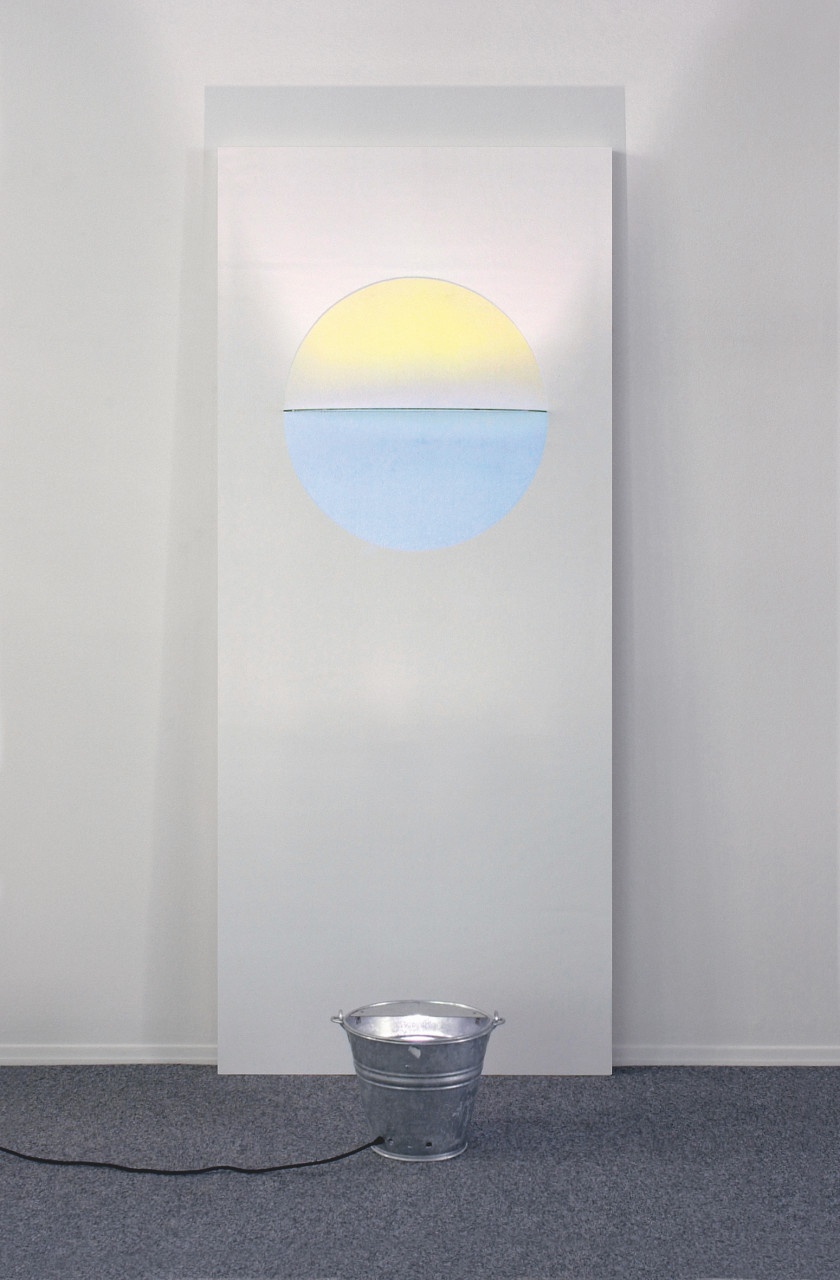
Sunset Door, 2006
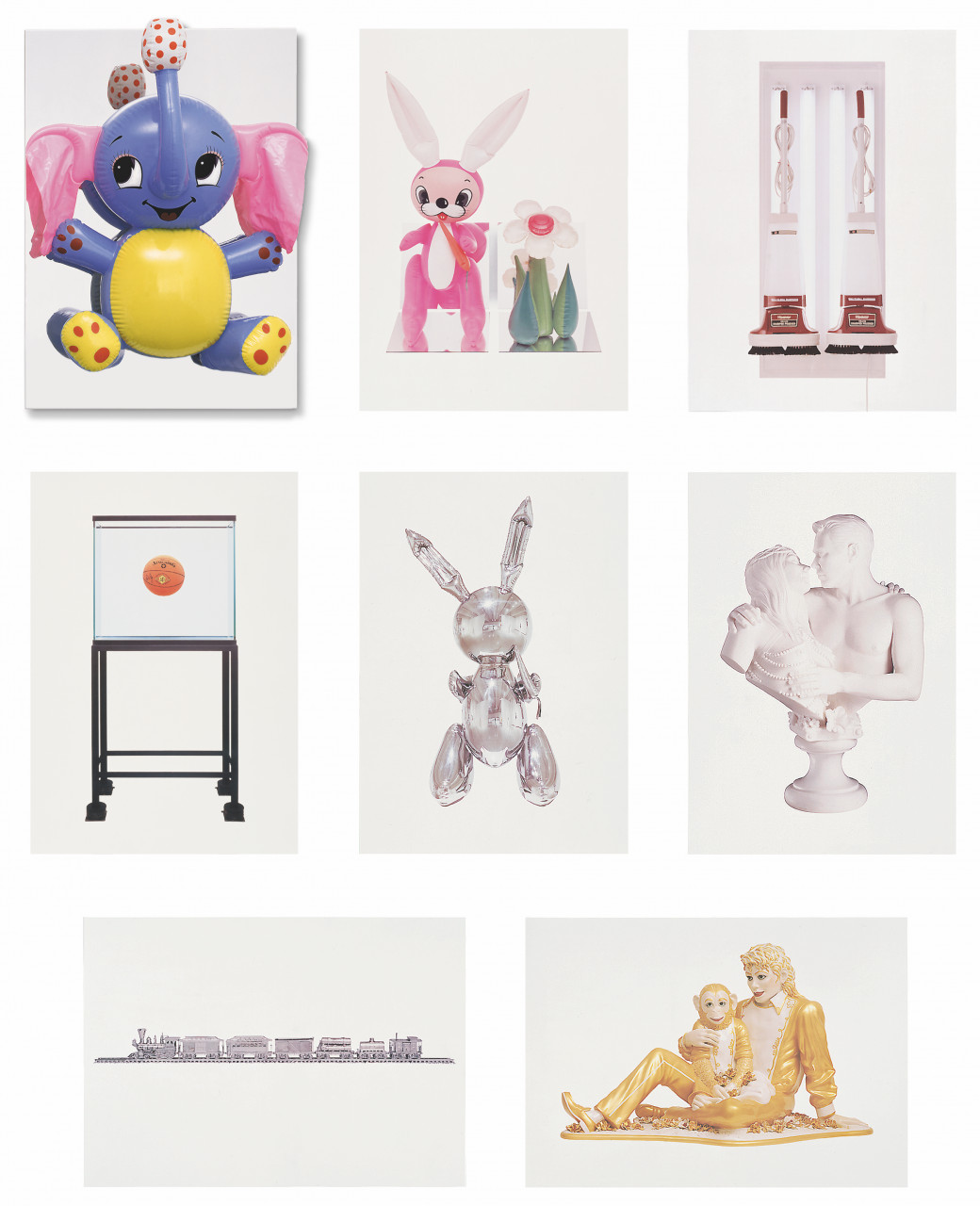
Jeff Koons, 1995
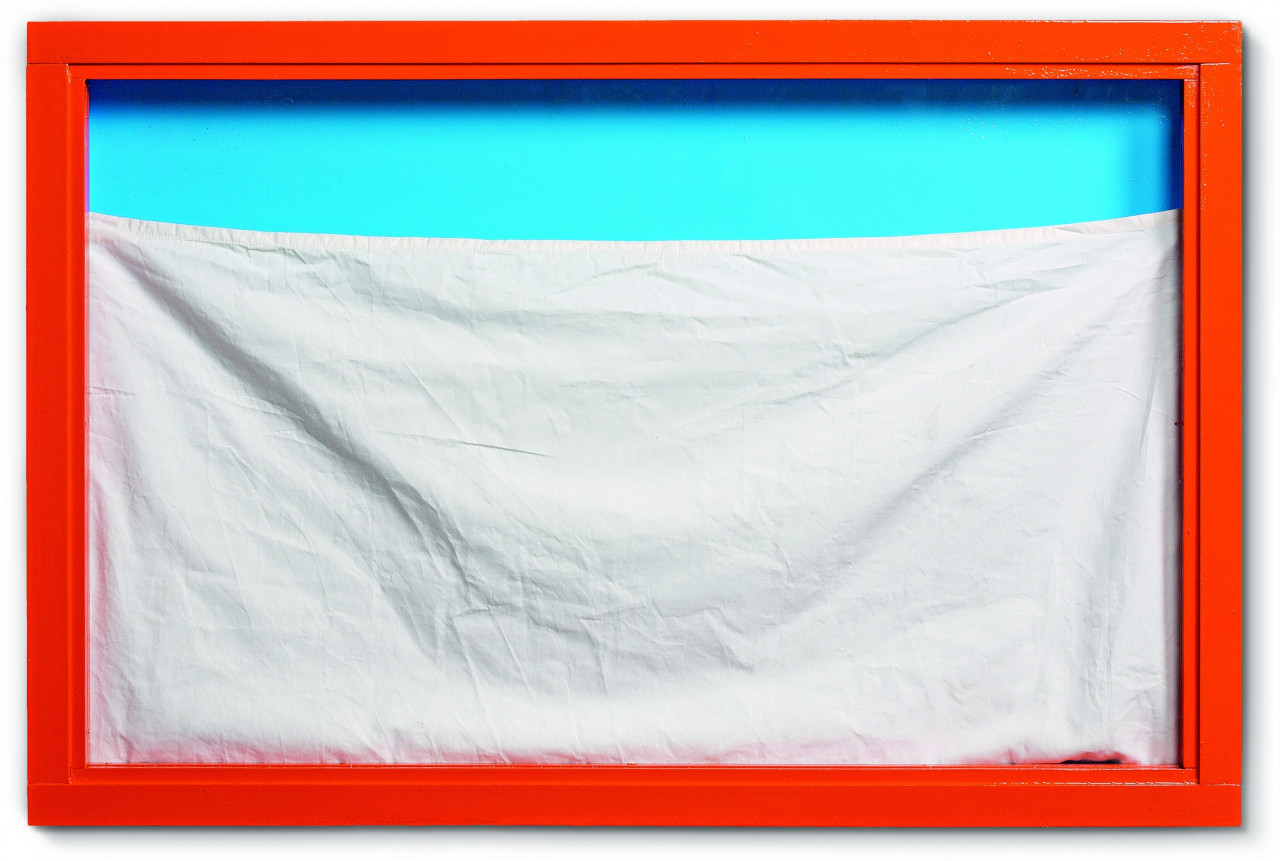
Show Window, 2013

Replicated Revision, 2022
Each EUR 3,000
Set of 8 EUR 20,000

Glossary, 2023
EUR 5,000
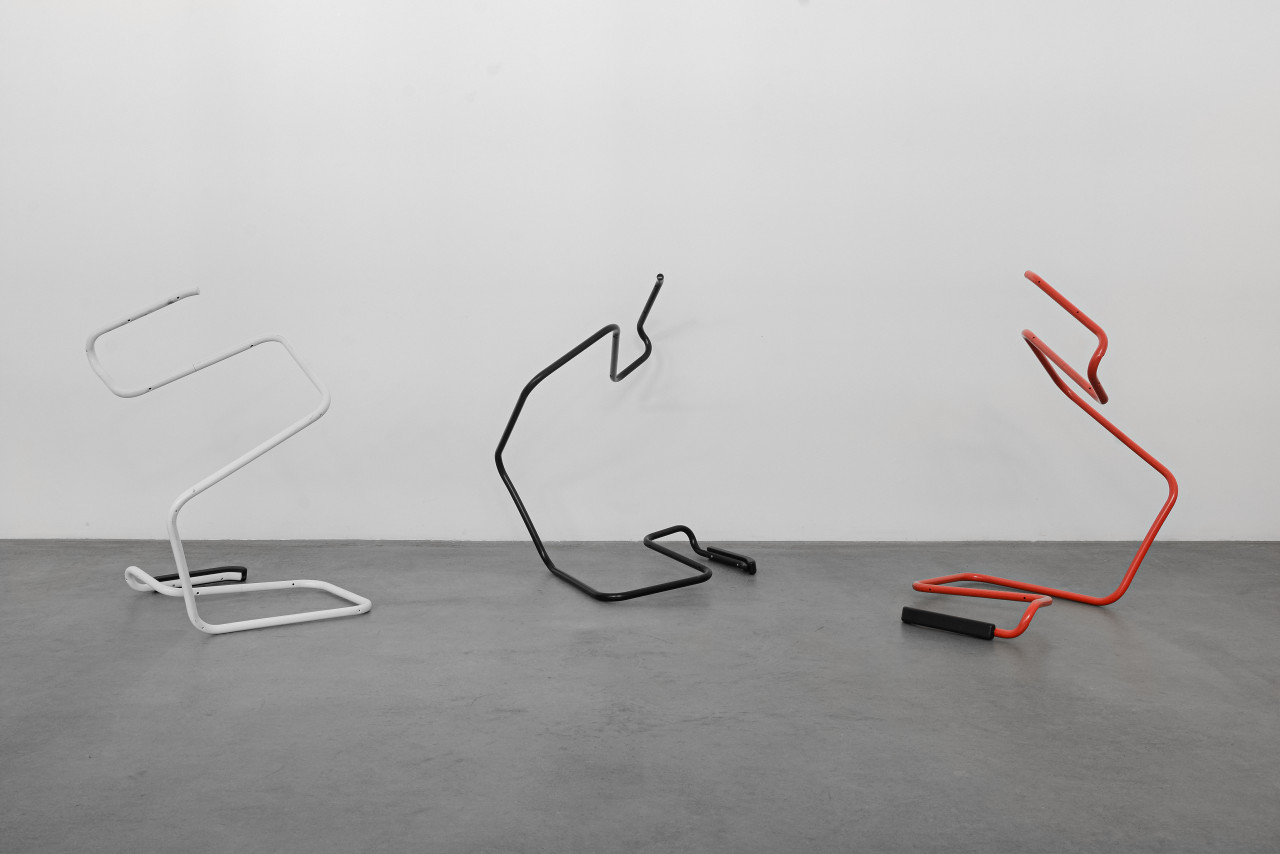
Untitled Action Sculptures (Red, Black and White Thonet Chair), 2019
EUR 18,000 each color version

Amber Truisms Living / Blue Laments Arno, 2008
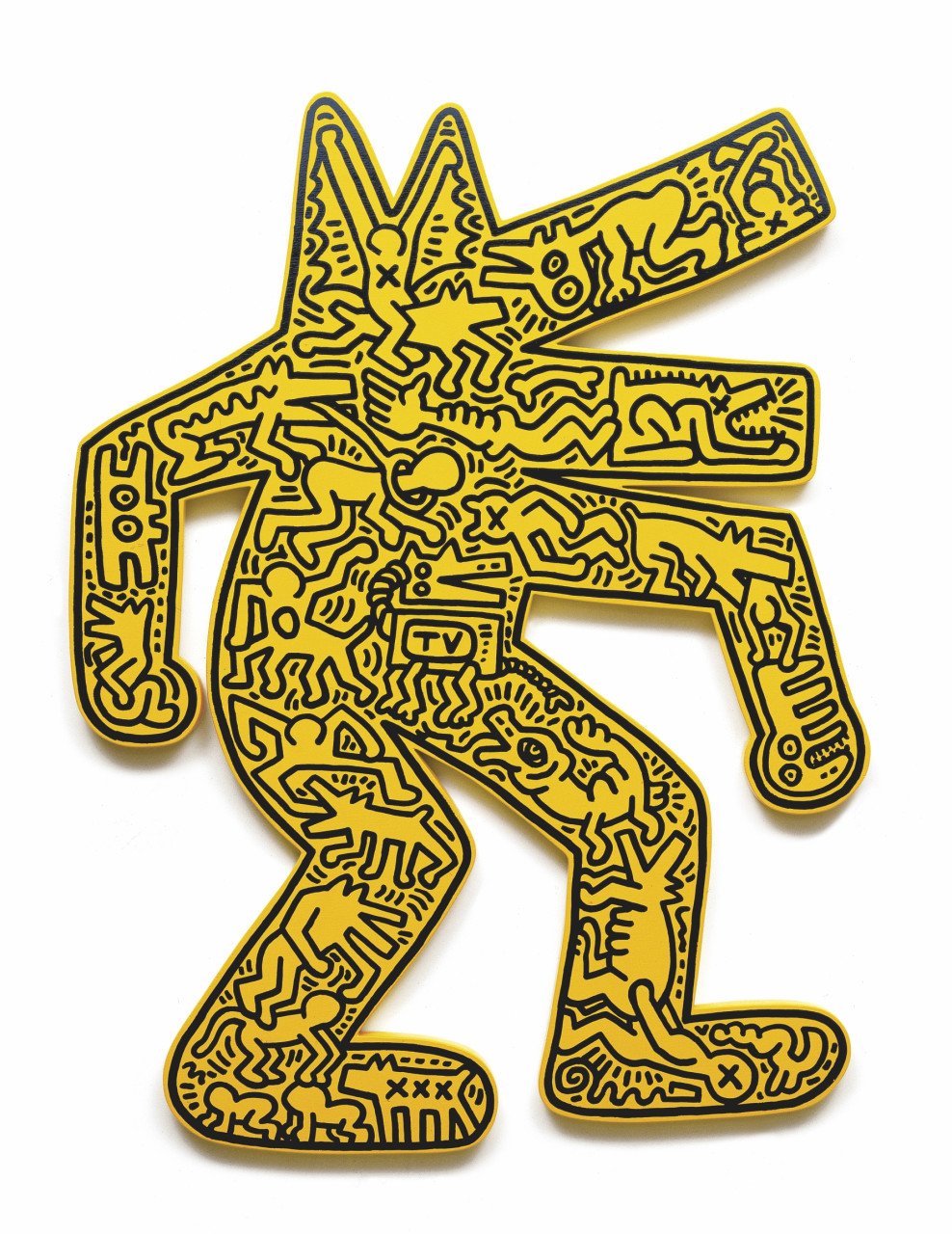
Dog, 1986
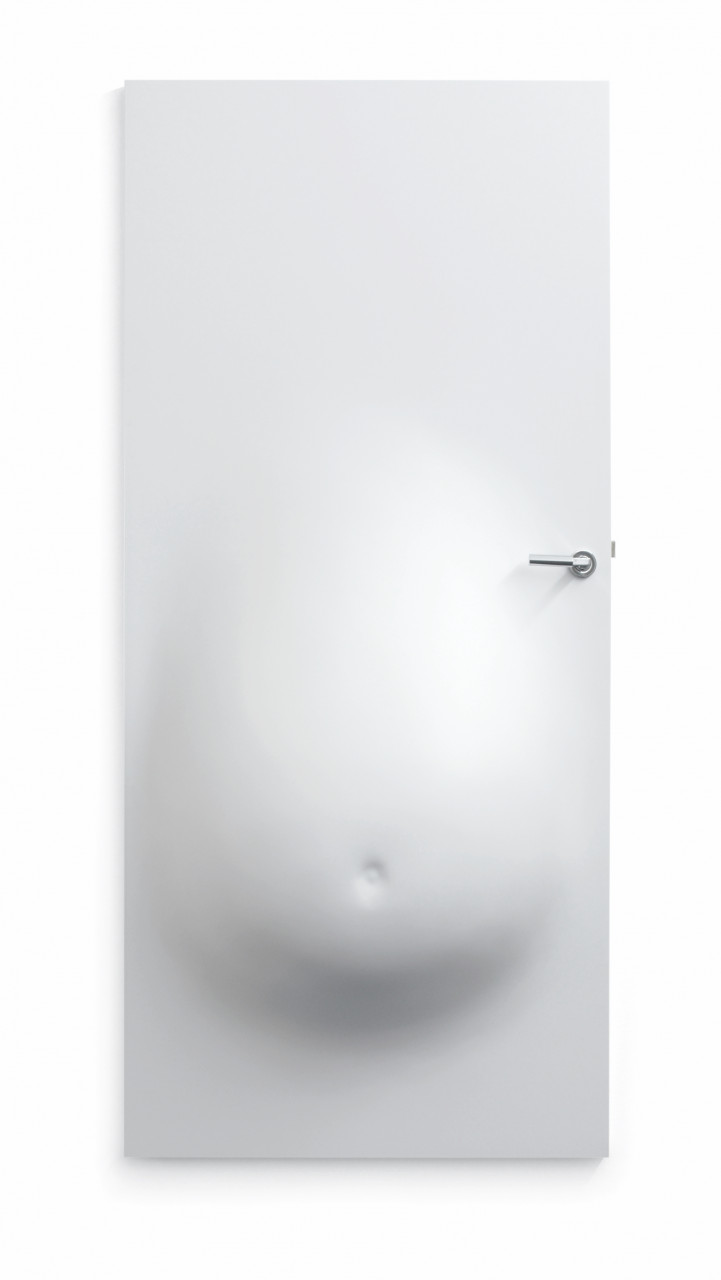
Belly Door, 2006
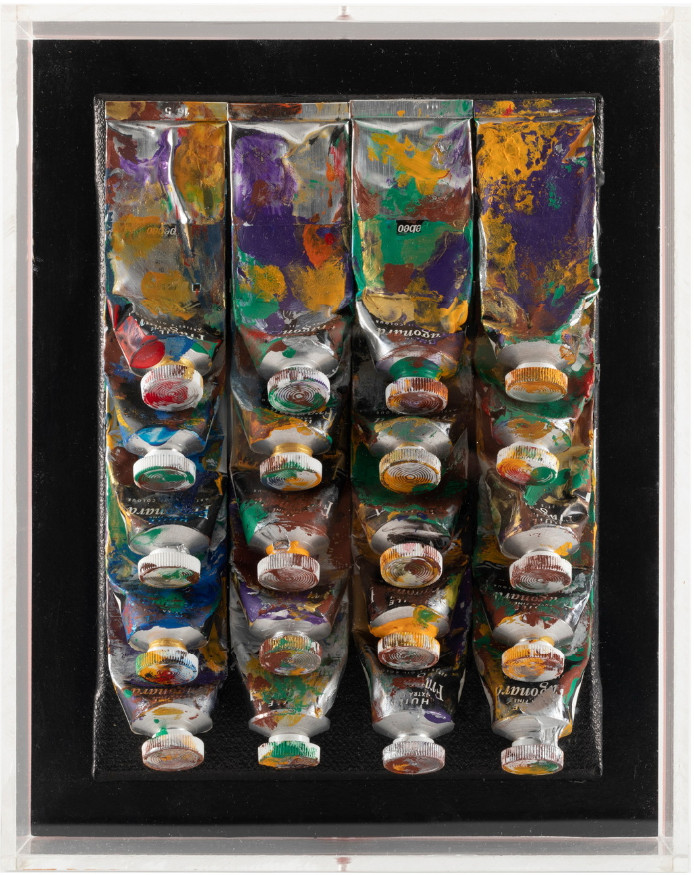
20 Tubes, 2014
EUR 4,500

Puzzled, 2009

Untitled (Aluminum), 1991
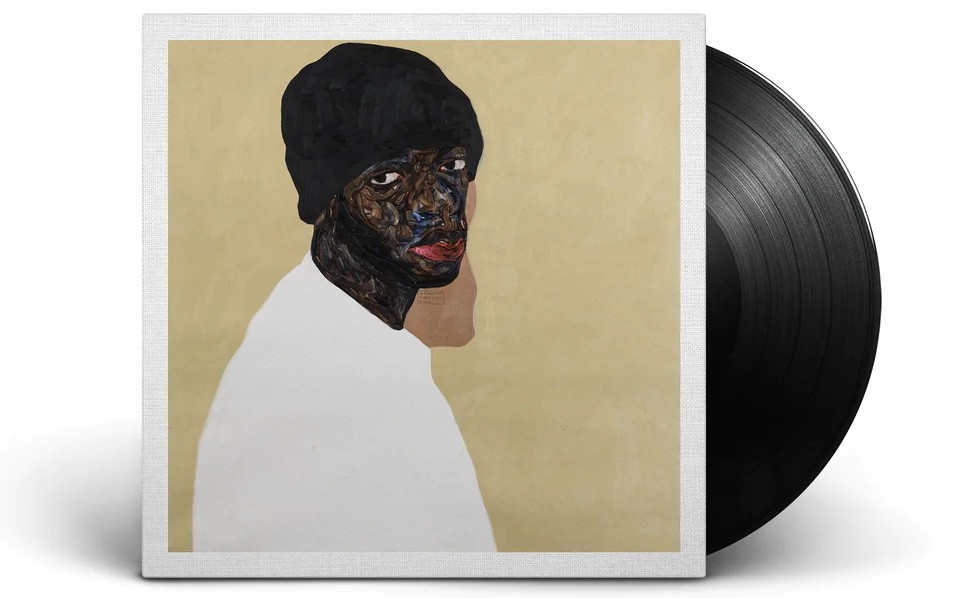
Free 6lack, 2021
EUR 4,400
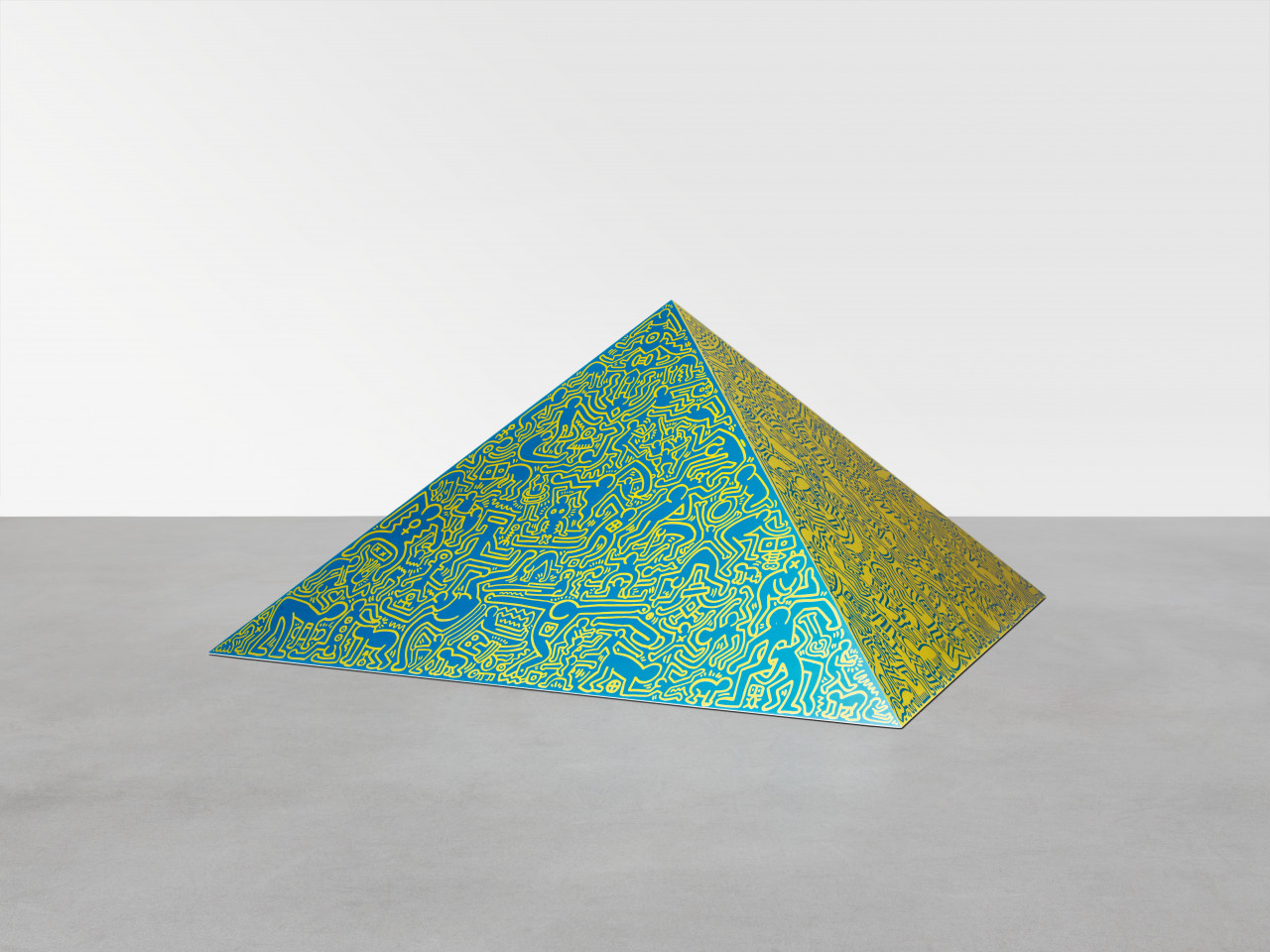
Pyramid Sculpture, 1989

Lamp, 2009
EUR 2,500

L'Horizon Chimérique, 2009
EUR 5,000
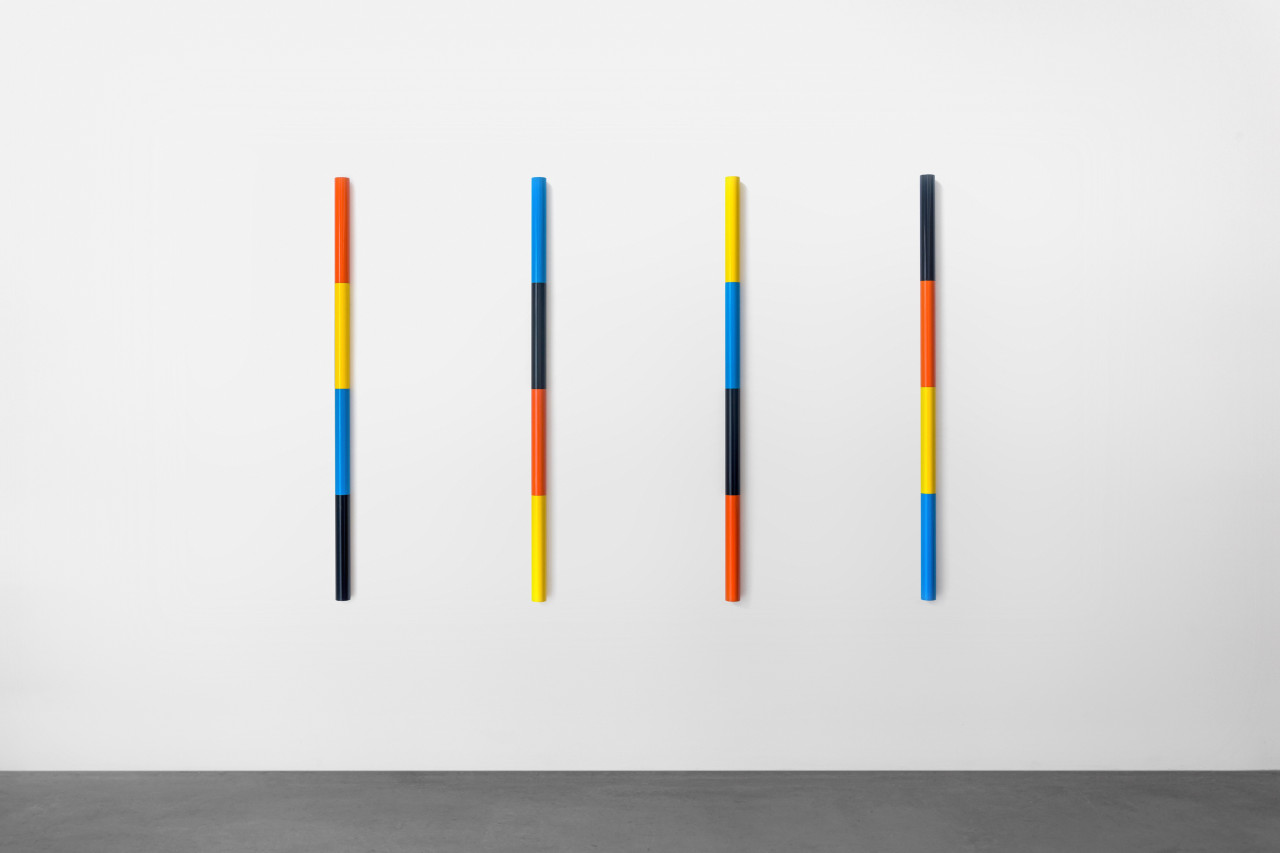
Equal Quarters, 2022
Each EUR 3,500
Set EUR 12,000
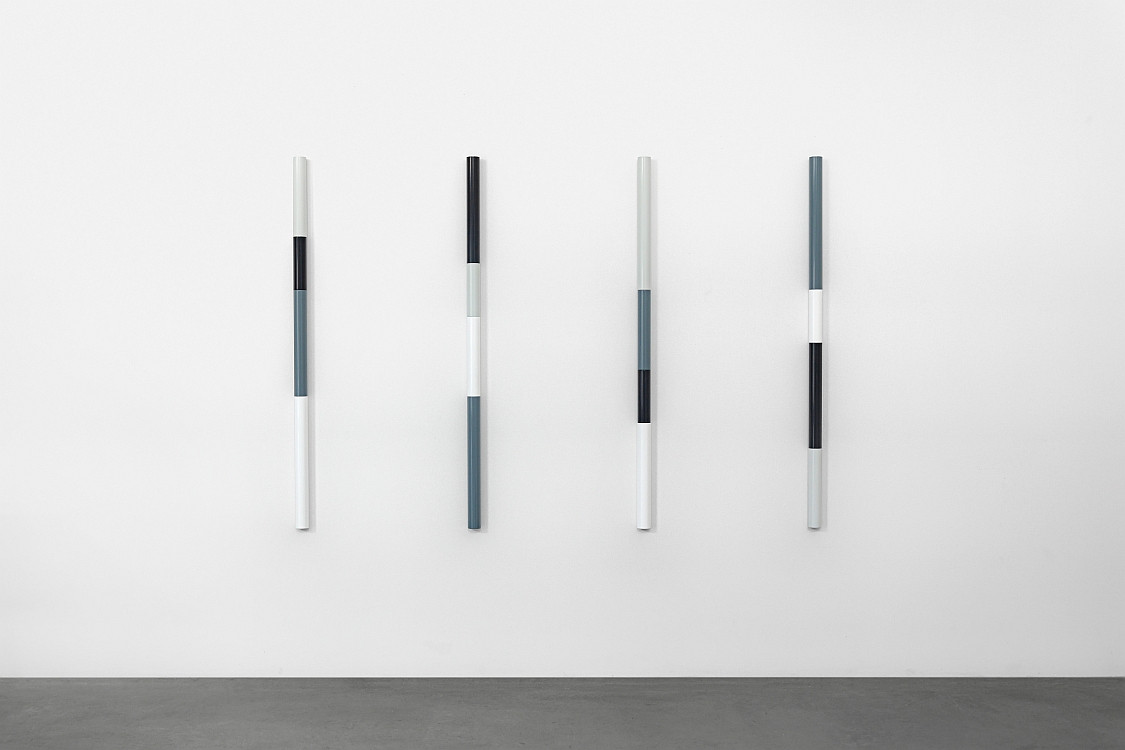
Unequal Quarters, 2020
Each EUR 2,500
Set EUR 9,000

Svayambh, 2007
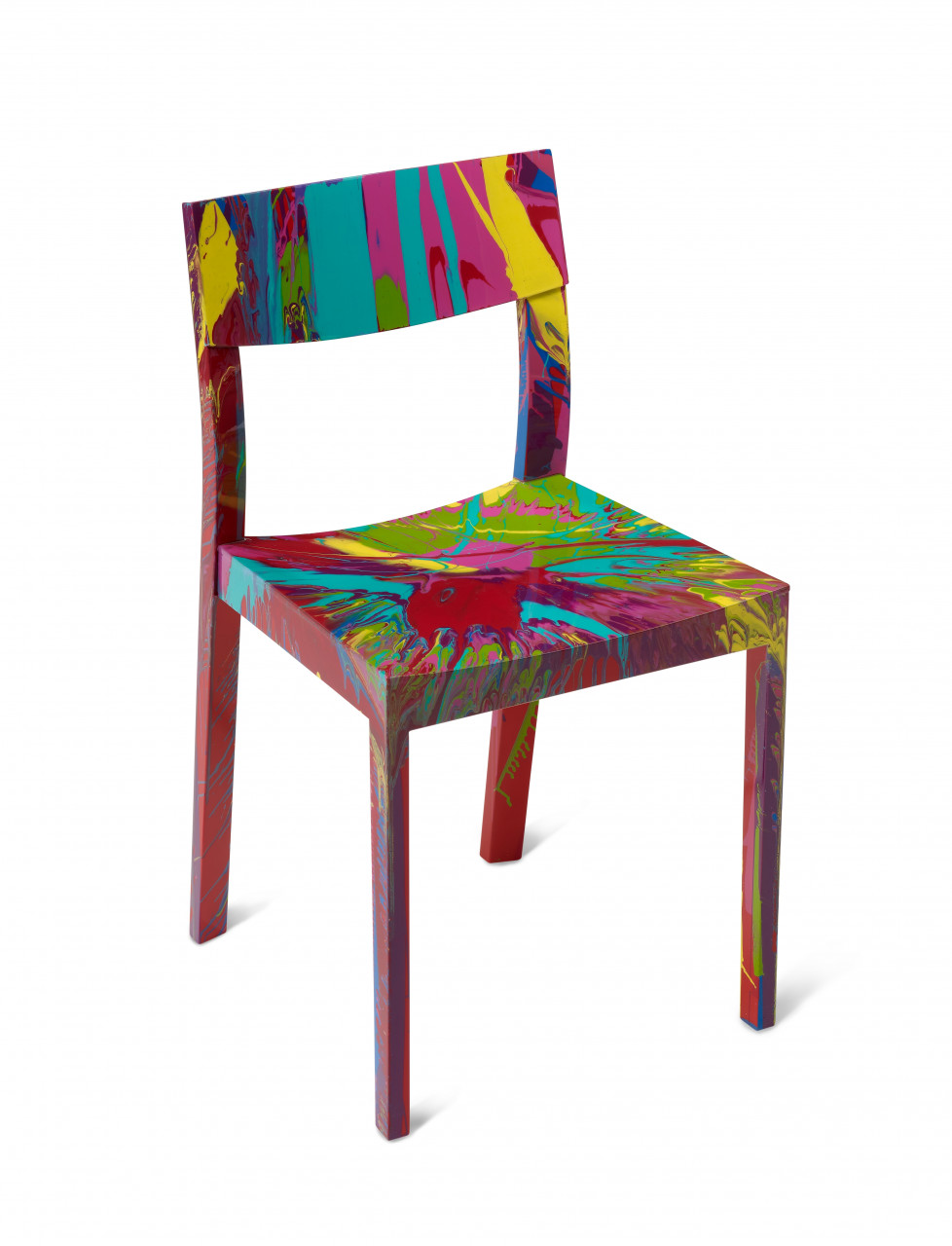
Beautiful You Drive Me Crazy, 2014
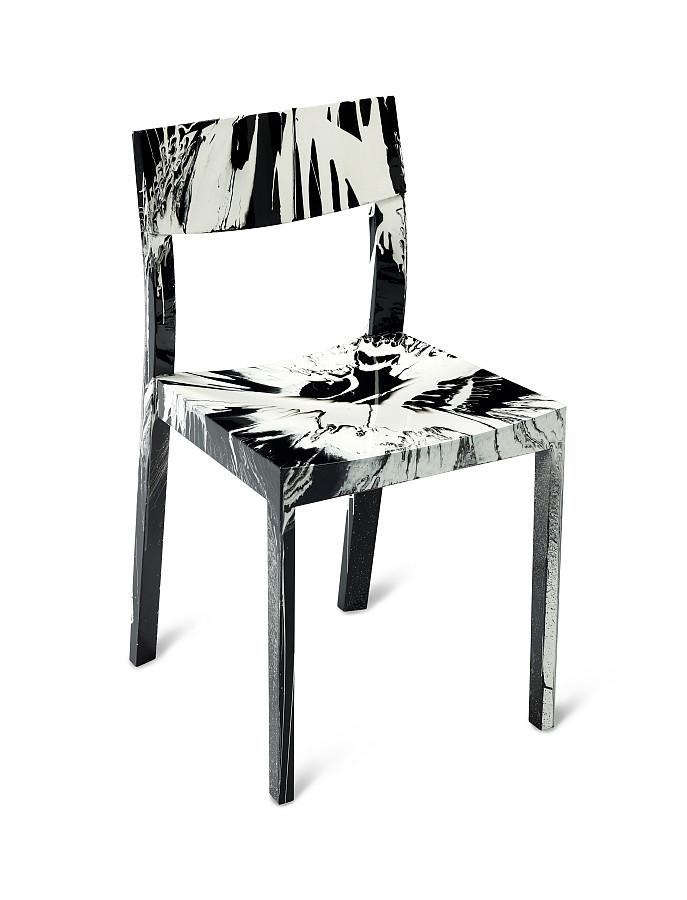
Beautiful Forty Winks, 2014

Poly Shelf, 2009
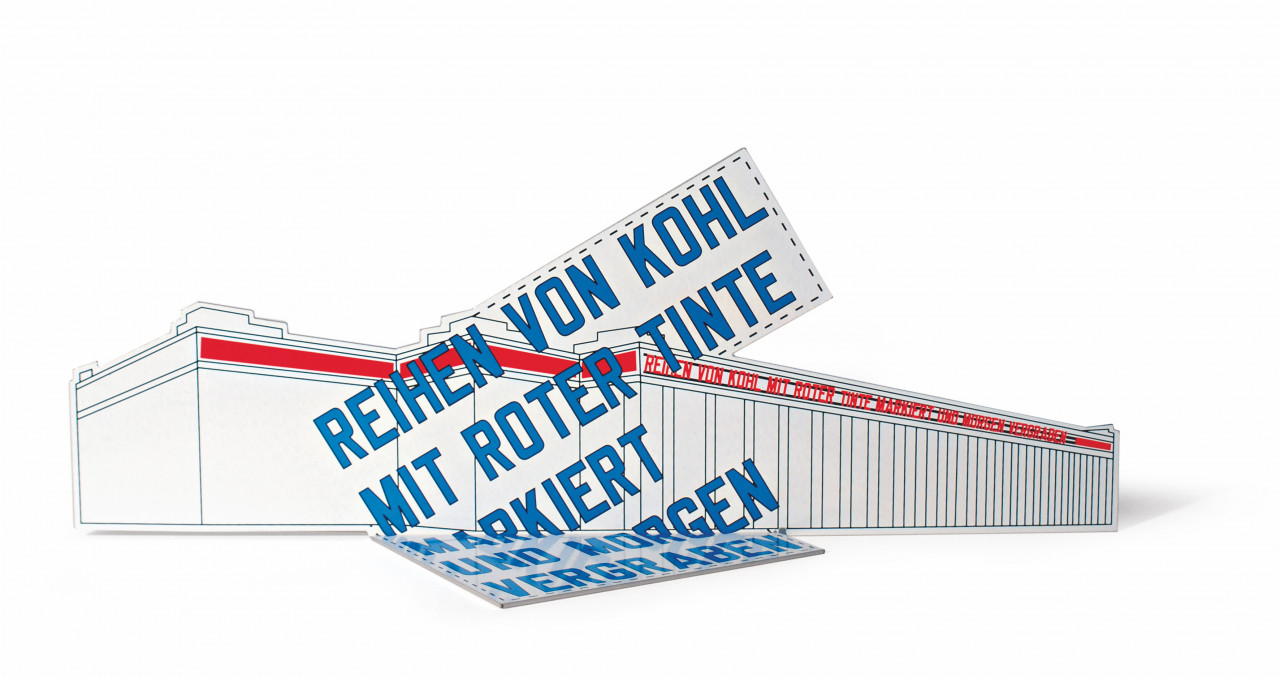
Rows of Cabbage, 2007
EUR 1,200
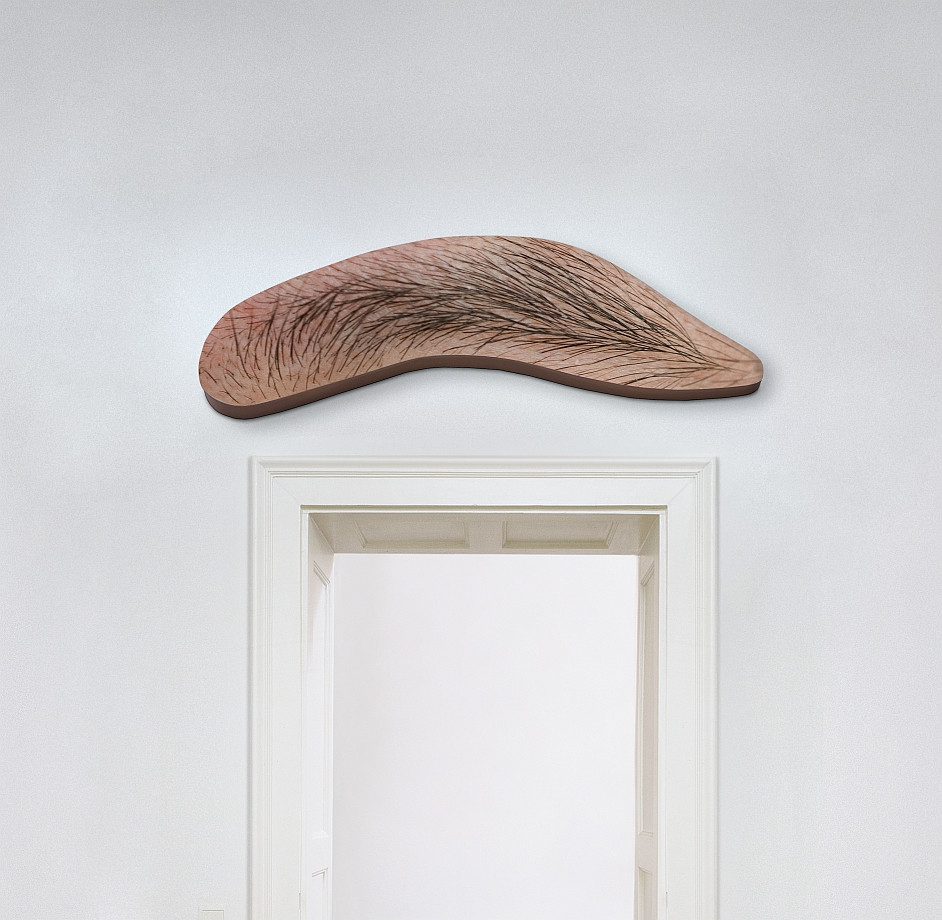
Eyebrow, 2009
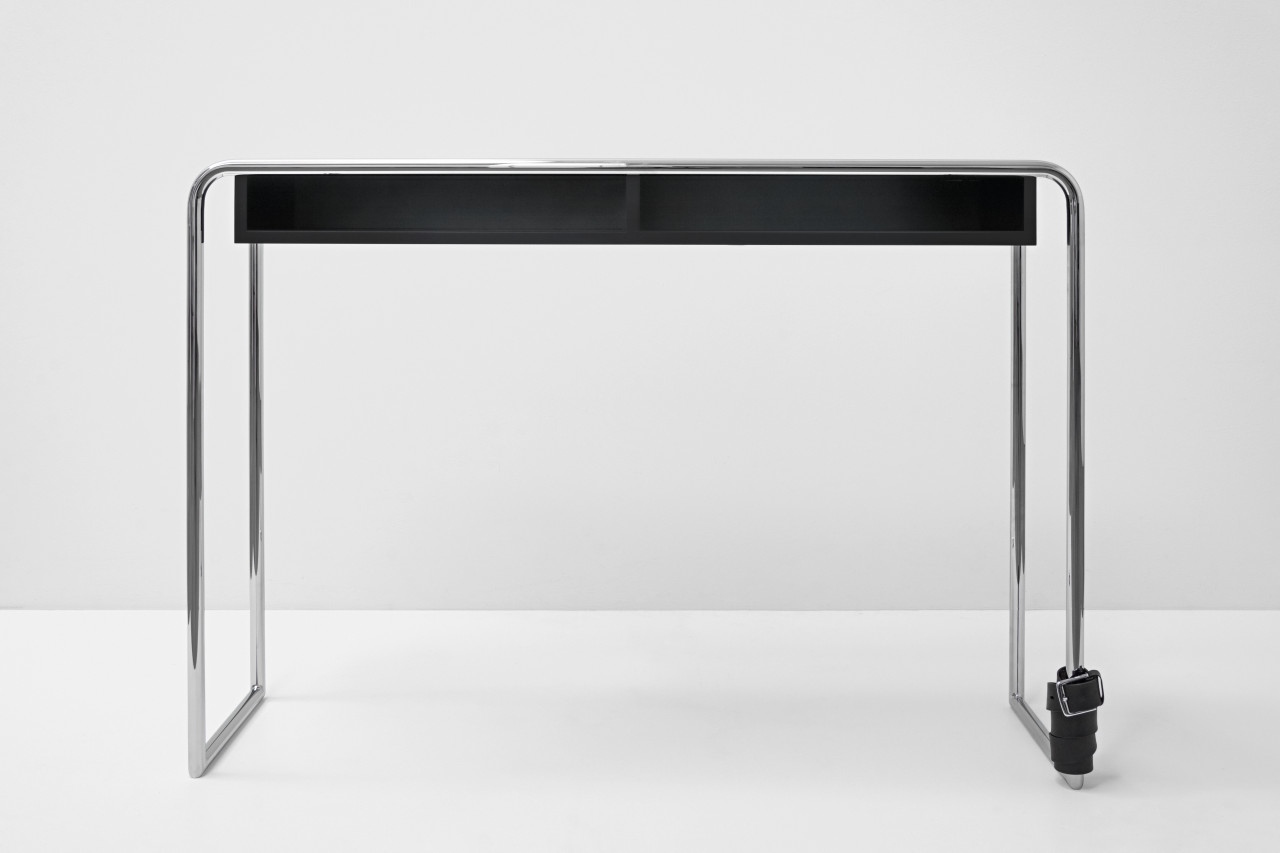
Home is Where You Leave Your Belt, 2019

Amber Essays / White Arno / Blue Blue / Green Survival, 2003

Untitled, 2006
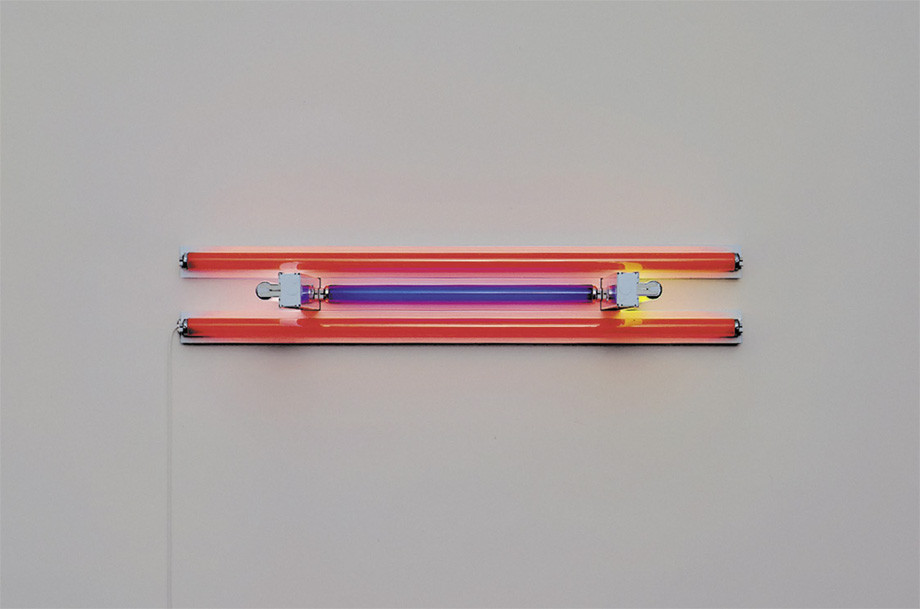
Untitled (to Madeline and Eric Kraft), 1992
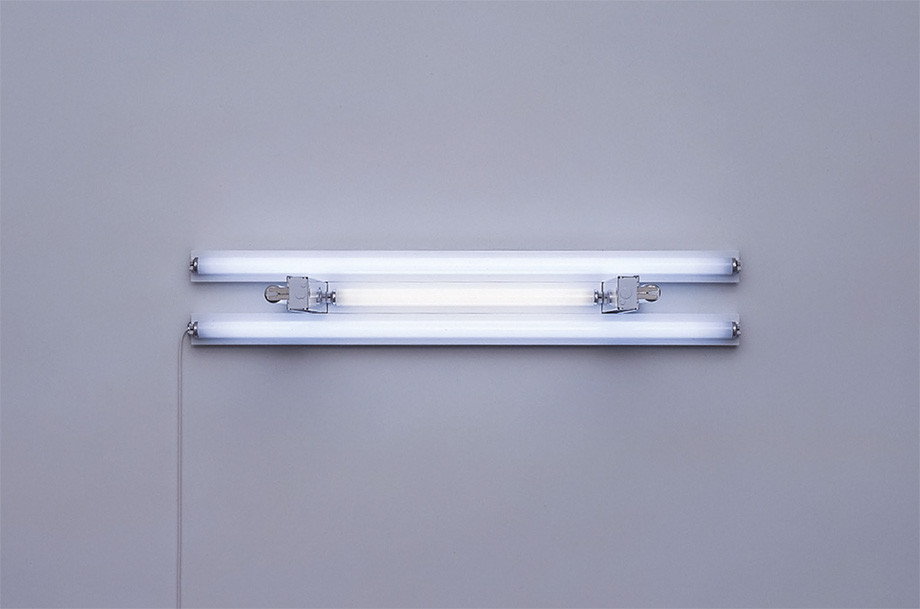
Untitled (to Mary Elizabeth), 1992
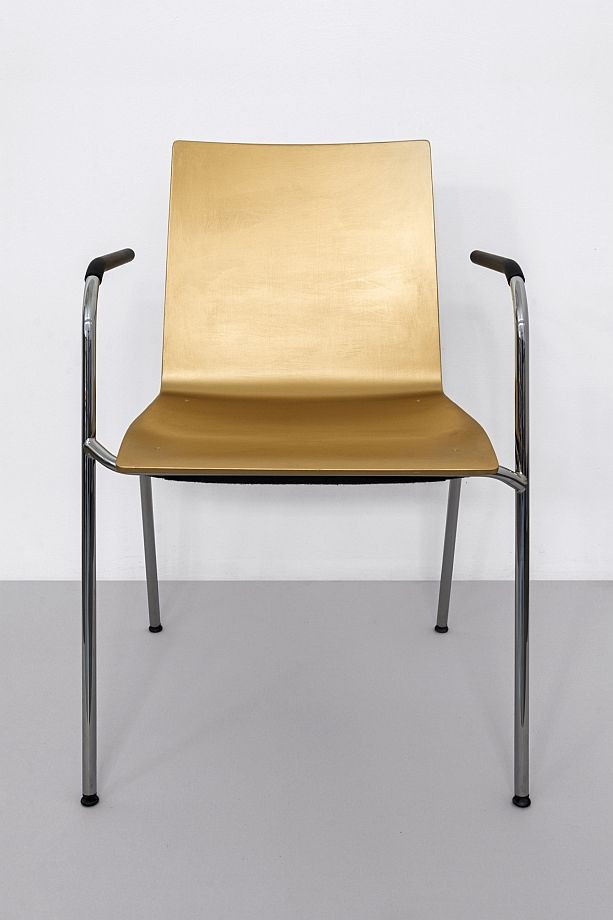
Untitled, 2004/2019
EUR 6,000